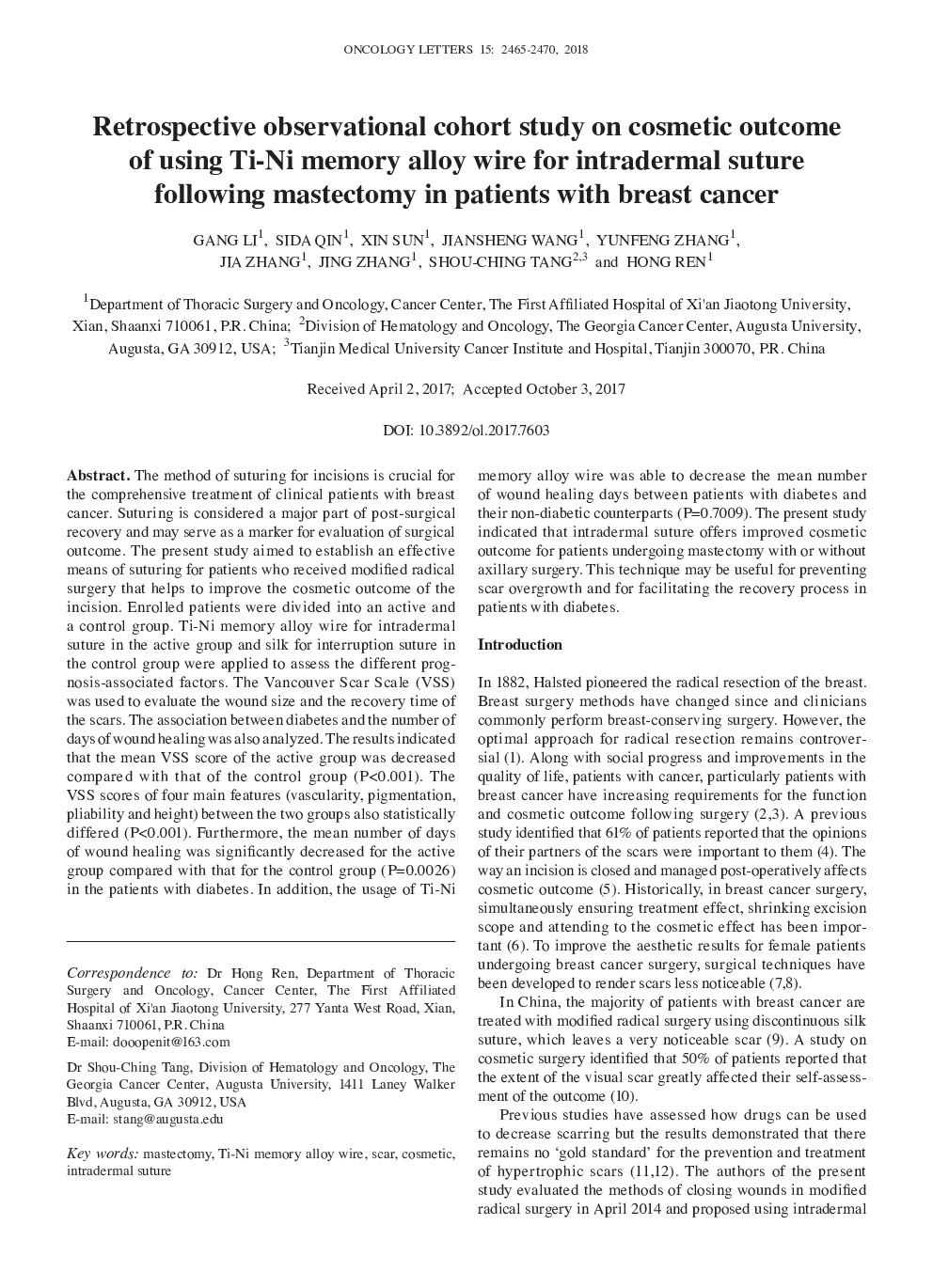| Article ID | Journal | Published Year | Pages | File Type |
|---|---|---|---|---|
| 5479714 | Journal of Cleaner Production | 2017 | 6 Pages |
Abstract
An investigation into the effect of nanofluid minimum quantity lubrication (MQL) on the temperatures in surface grinding is presented and discussed. Six types of nanoparticles, namely molybdenum disulfide (MoS2), zirconium dioxide (ZrO2), carbon nanotube (CNT), polycrystalline diamond, aluminum oxide (Al2O3), and silica dioxide (SiO2), are considered to mix individually with a pollution-free palm oil in preparing the nanofluids. A commonly used Ni-based alloy is chosen as the workpiece material. It is shown that CNT nanofluid results in the lowest grinding temperature of 110.7 °C and the associated energy proportionality coefficient of 40.1%. Furthermore, the relevant physical properties of the nanofluids such as the coefficient of thermal conductivity, viscosity, surface tension and the contact state between the droplets and workpiece surface (contact angle) are discussed to shine a light on their effect on the cooling performance. A mathematical model for convective heat transfer coefficient is then developed based on the boundary layer theories. The model calculation indicates that the CNT nanofluid has the highest heat transfer coefficient (1.3 Ã 104 W/(m K)) which to some extent explains why CNT nanofluid MQL gives the lowest grinding temperature.
Related Topics
Physical Sciences and Engineering
Energy
Renewable Energy, Sustainability and the Environment
Authors
Benkai Li, Changhe Li, Yanbin Zhang, Yaogang Wang, Dongzhou Jia, Min Yang, Naiqing Zhang, Qidong Wu, Zhiguang Han, Kai Sun,
